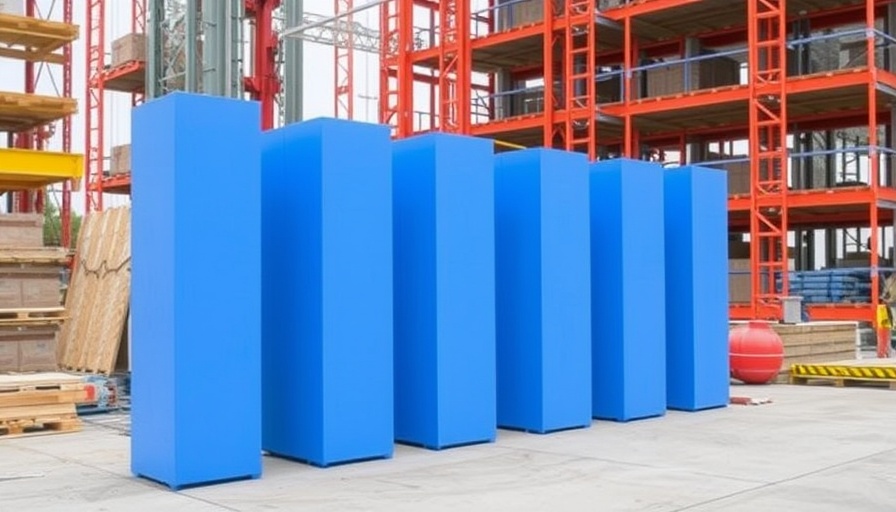
The Rising Construction Backlog: A Sign of Industry Strength
The construction industry is currently experiencing a significant surge in backlog, reaching a 20-month high. This growth hints at an upcoming busy period for contractors and home service providers, reflecting a steady demand for new projects across various sectors. According to the Associated Builders and Contractors (ABC), the rise in backlog indicates that contractors are responding to robust demand, which may also lead to a focus on strategic planning and resource management.
Fueling the Future: The Impacts of Increased Backlogs
With the backlog now sitting at 9.1 months, contractors may find themselves in a strategic position to leverage this momentum. This increase suggests that clients are actively seeking professional services for upcoming projects, presenting plentiful opportunities for contractors to showcase their expertise. Increased demand naturally stresses the importance of managing resources wisely, as efficient project delivery often translates to client satisfaction and repeat business.
Understanding Backlog Dynamics: What's Behind the Rise?
The calorie of backlog can affect contractors looking to grow their business and gain a competitive advantage. Factors contributing to this growth include increased infrastructure spending, a rise in renovation projects, and the ongoing recovery from pandemic-related disruptions. These elements create a solid foundation for long-term growth in construction, making it a critical time for contractors to develop focused marketing strategies to attract clients.
Addressing Challenges: Risks Associated with High Backlog
While increased backlog generally signals industry strength, it’s essential to acknowledge potential downsides. High demand can strain resources, leading to delays and dissatisfaction if not managed properly. Contractors must weigh the risks against the rewards as they plan their projects and scale their workforce. Balancing client expectations with realistic timelines will be crucial for maintaining credibility and trust.
Aiming for Excellence: Best Practices for Managing Construction Backlogs
To navigate this boom, contractors should adopt best practices that focus on efficiency, innovation, and client communication. First, utilizing project management tools can help track progress and ensure timely delivery. Furthermore, investing in skilled workforce training enhances on-site efficiency and quality of service. Finally, fostering transparent communication with clients helps build trust and sets realistic expectations, essential for long-term retention.
Conclusion: Seizing Opportunities in the Construction Sector
The current construction backlog provides a valuable window for contractors to enhance their operational capabilities and market presence. By strategically leveraging this demand, professionals within the industry can establish a reputation for excellence, ensuring that they remain competitive. As the construction landscape continues to evolve, proactive engagement with clients and adherence to best practices will ultimately dictate success.
 Add Row
Add Row  Add
Add 




Write A Comment